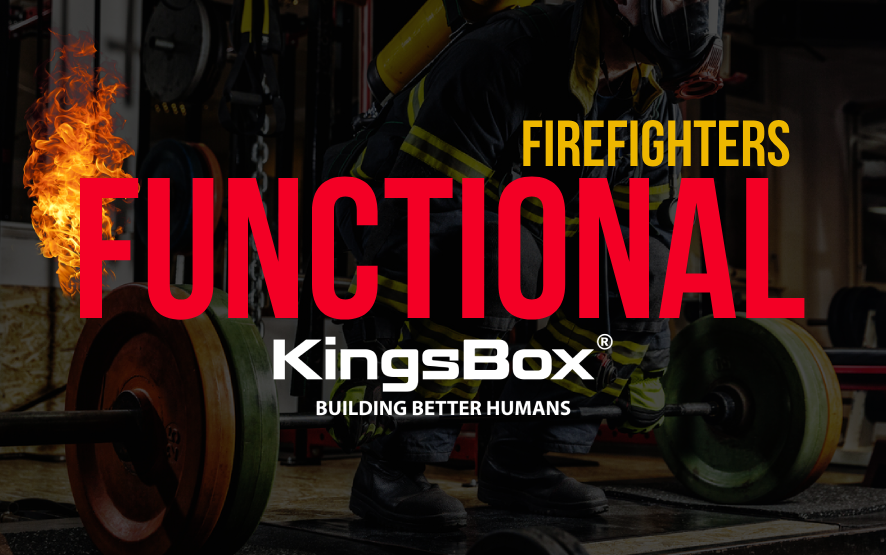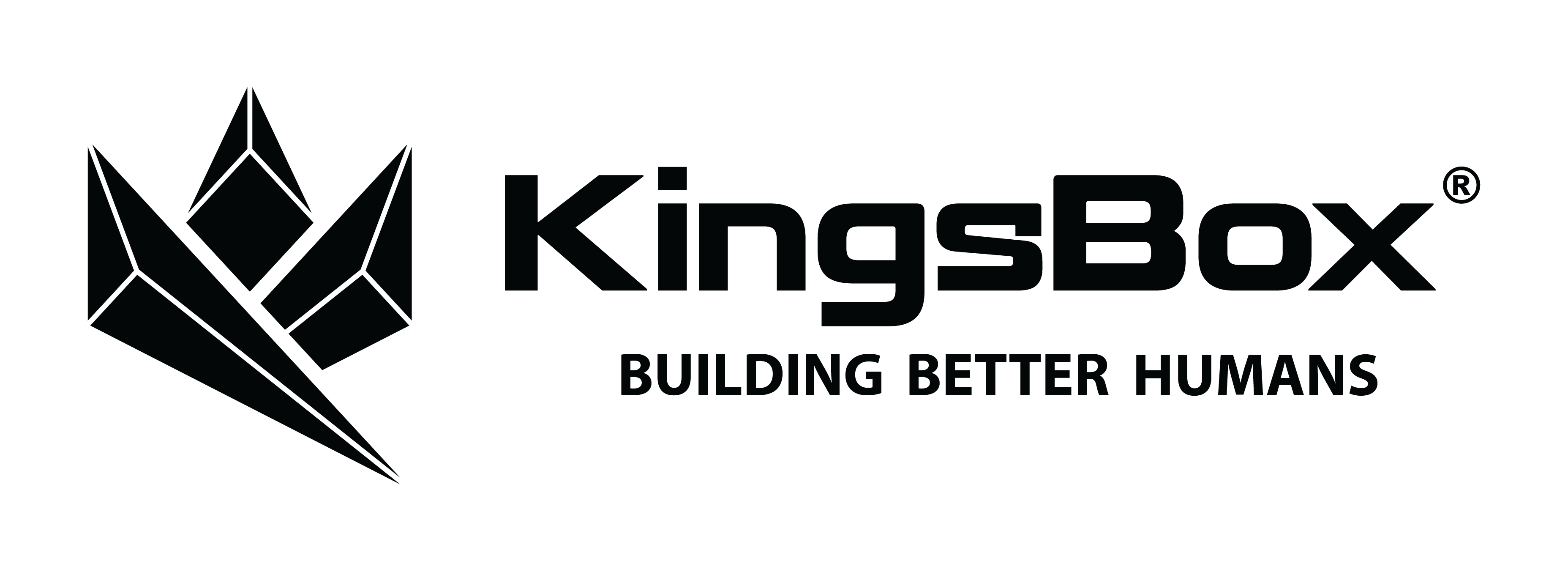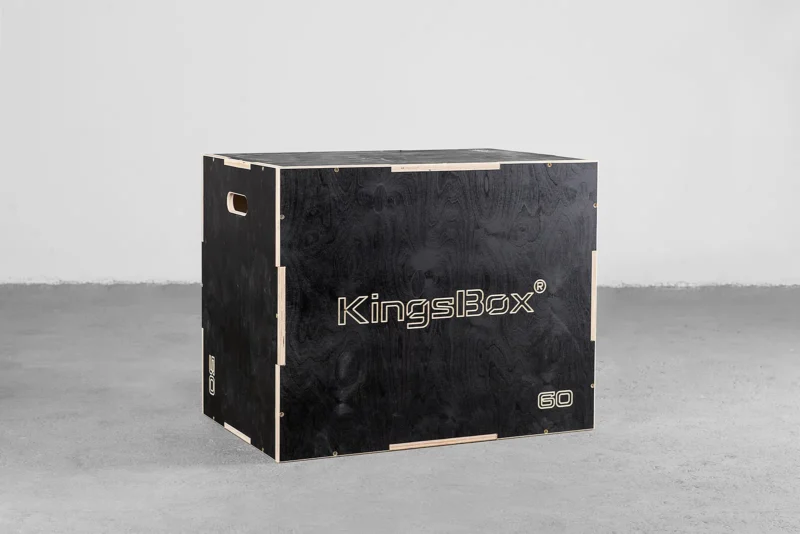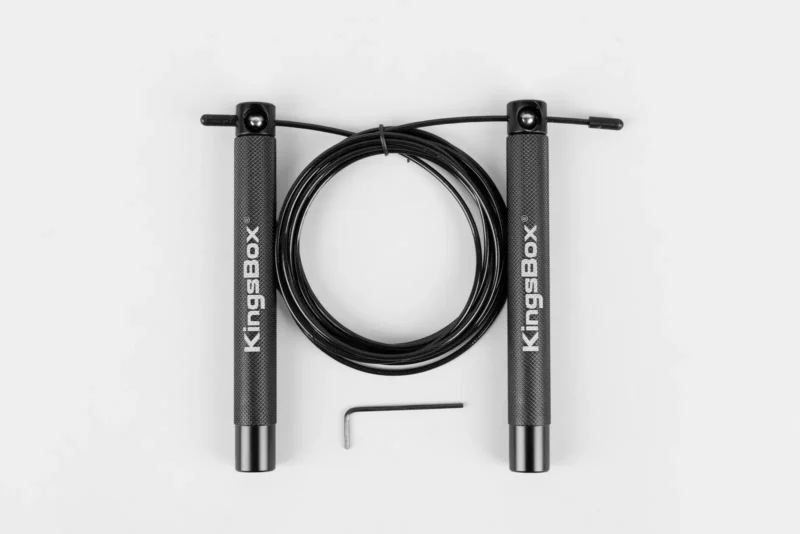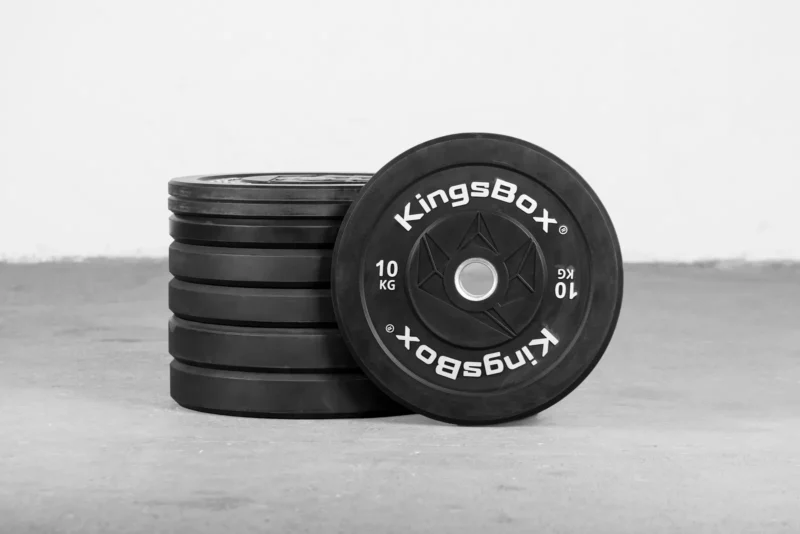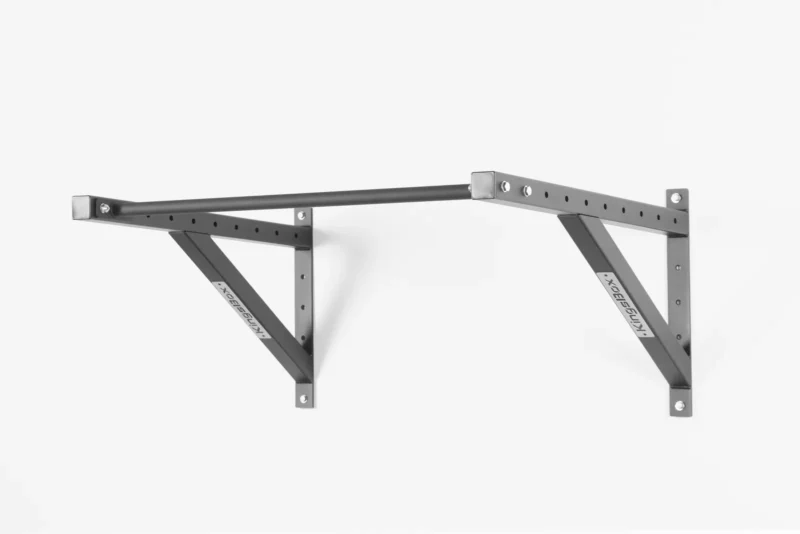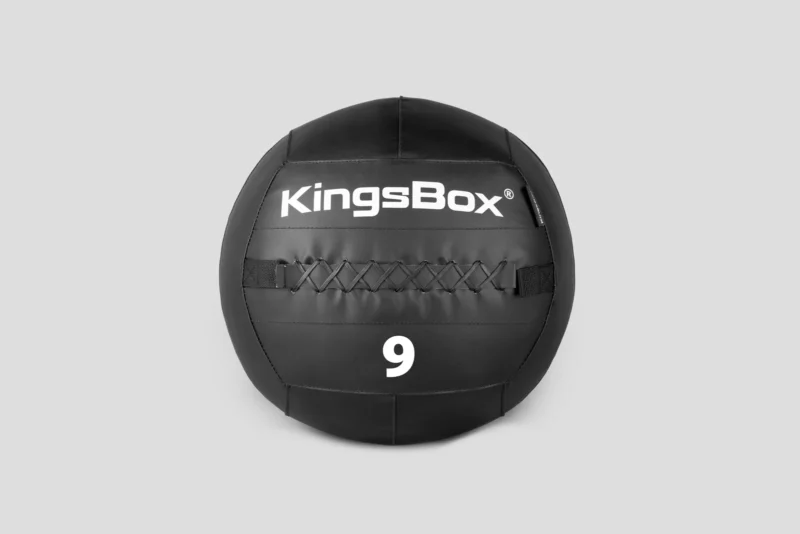Firefighters are universally recognized as one of the most physically and mentally demanding jobs.
Every intervention requires strength, endurance, agility, coordination and reflexes, often in extreme and unpredictable conditions. In this context, functional training is not only useful but also essential to ensure the safety, effectiveness and operational longevity of fire fighters worldwide. This article explores the importance of functional training for firefighters, presents real examples of success and proposes specific training routines, referring to the equipment KingsBox, leader in the field of functional training.
Indice dei contenuti
The importance of functional training for firefighters
A job that does not allow compromises
The firefighter is daily faced with situations that put a strain on the body and mind: carrying heavy equipment, climbing stairs at a steady pace, lifting and dragging people in difficulty, working in confined spaces and poor visibility. These activities require a specific athletic preparation, which goes far beyond traditional muscle training.
What is functional training
Functional training, or functional training, is a methodology that aims to improve motor skills and strength in a global way, simulating the real movements performed during daily activities or work. In the case of firefighters, these are exercises that reproduce the typical actions of service: lifting, pulling, moving, rotating, jumping, carrying weights and mannequins, climbing and much more.
Specific benefits for firefighters
- Improved overall strength and endurance
- Increased cardiovascular and respiratory capacity
- Improvement of coordination, balance and proprioception
- Reduced risk of injury thanks to a more balanced and responsive musculature
- Improved stress management and mental resilience
Real examples: the value of functional training in barracks
Physical and mental transformations
Numerous success stories testify to the effectiveness of functional training among firefighters. The introduction of functional training programs in various departments has led to surprising results.
Reduction of accidents and economic savings
The implementation of functional training programmes has significantly reduced the number of work-related accidents. Better physical preparation translates into more safety and lower costs for public administrations.
Teamwork growth and mental well-being
Group training strengthens the cohesion between colleagues, reduces work stress and improves mental health. People who train together have a 50% lower risk of work stress than those who do not exercise regularly.
The KingsBox equipment for functional training of firefighters
Why choose specific equipment
Functional training requires versatile, robust and suitable tools to simulate the actual operating conditions of fire fighters. KingsBox offers a range of equipment designed for these purposes, allowing you to set up effective training spaces in both barracks and dedicated gyms.
Basic KingsBox tools
- Pliometric box: ideal for jumps, step-ups and power, balance and coordination workouts. It offers three different heights to suit every level of preparation.
- Kettlebells: perfect for strength, endurance and stability exercises. Available in various weights, they are indispensable for swing, clean, snatch and farmer walk.
- Battle rope: excellent for improving explosive strength, endurance and coordination of arm and core movements.
- Rings: useful for pull-ups, dips and suspension exercises, strengthen the upper body muscles and grip.
- Dumbbells and rockers: for lifting and carrying exercises, simulating the movement of real equipment.
- Rowing machines: cardio tools that allow you to work on endurance and lung capacity, essential in situations of prolonged effort.
Rowing machine
Dumbbells
Kettlebell
Plyometric box
Jump rope
Barbell
Bumper discs
Pull-up bar
Medicine ball
Slam Ball
Functional training routine for firefighters with KingsBox equipment
General principles
- Train at least 3 times a week, alternating sessions of strength, endurance and mobility
- Prefer multiarticular exercises and movements that simulate operational actions
- Work both individually and in groups to stimulate collaboration and motivation
- Monitor progress with periodic tests and adapt workloads based on the level of preparation
Basic routine (suitable for all levels)
Heating (10 minutes)
- Light running or rope jump (3 min)
- Joint mobility (shoulders, hips, knees)
- Core activation with plank (2×30”)
Functional circuit (repeat 3 times, 40” work/20” recovery per exercise)
- Box Jump on KingsBox pliometric box
- Push-ups on handles or on the floor
- Kettlebell Swing (weight adapted to the level)
- Farmer Walk with kettlebell or dumbbells
- Battle Rope (double waves)
- Squat with a barbell or cup squat with kettlebells
- Pull-ups at gymnastic rings or bar
- Burpee
Cooling and stretching (10 minutes)
Advanced routine (for experienced firefighters)
Heating (15 minutes)
- Assault Air Bike (5 min)
- Dynamic mobility (lunges, torso rotations, jumping jacks)
- Core activation exercises (side plank, hollow hold)
Circuit strength and power (repeat 4 times, 45” work/15” recovery)
- Burpee Box Jump (burpee followed by jumping on a pliometric KingsBox box)
- Clean & Press with KingsBox kettlebell
- Sled Drag (drag load slide, simulating the transport of equipment or people)
- Rope Climb (rope climbing)
- Farmer Walk on obstacle course
- Pull-ups at gymnastic rings
- Deadlift with rocker arms
- Battle Rope (alternating waves and slams)
Circuit specific resistance (3 turns, 60” work/30” recovery)
-
- Climbing and descending stairs with a weighted backpack
- Carrying dummy (if available) or KingsBox sandbag
- Rowing machine (rowing machine) for 500 m
Cooling and stretching (10 minutes)
In-depth study: functional training as prevention and personal growth
Accident prevention
Functional training, thanks to the variety of exercises and the involvement of all muscle districts, allows you to prevent postural imbalances and overloads typical of repetitive activities. This results in a lower incidence of both acute and chronic stress injuries.
Growth of mental confidence and resilience
Coping with challenging routines, often outside of their comfort zone, helps firefighters to develop greater self-confidence, resilience and ability to manage stress. Team training also strengthens the sense of belonging and collaboration, which are essential elements for safety and effectiveness in interventions.
Conclusions
Functional training is an essential resource for firefighters around the world. It is not just about improving strength or endurance, but about preparing the body and mind to face the real challenges of operational work. Success stories and data from departments with structured programs show that investing in firefighters’ physical preparation means investing in safety, efficiency and collective well-being.
The equipment KingsBox is an ideal ally to build effective training routines, versatile and adaptable to every need. Whether it is basic exercises or advanced circuits, the quality and variety of tools allow you to accurately simulate operational situations, ensuring a direct transfer of benefits from training to service.
In a world where emergencies are increasingly complex and unpredictable, the physical and mental preparation of firefighters cannot be left to chance. Functional training, supported by quality equipment such as KingsBox, is the key to tackle every mission with confidence, effectiveness and team spirit.
